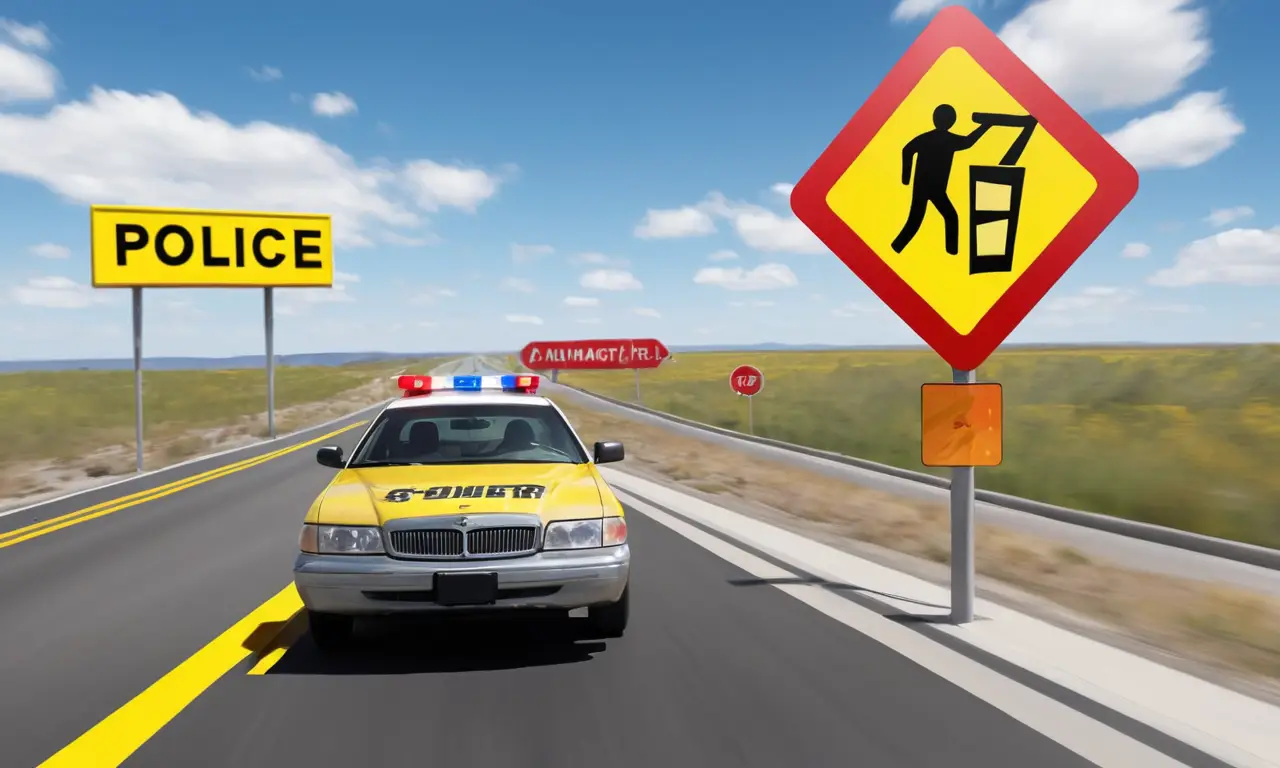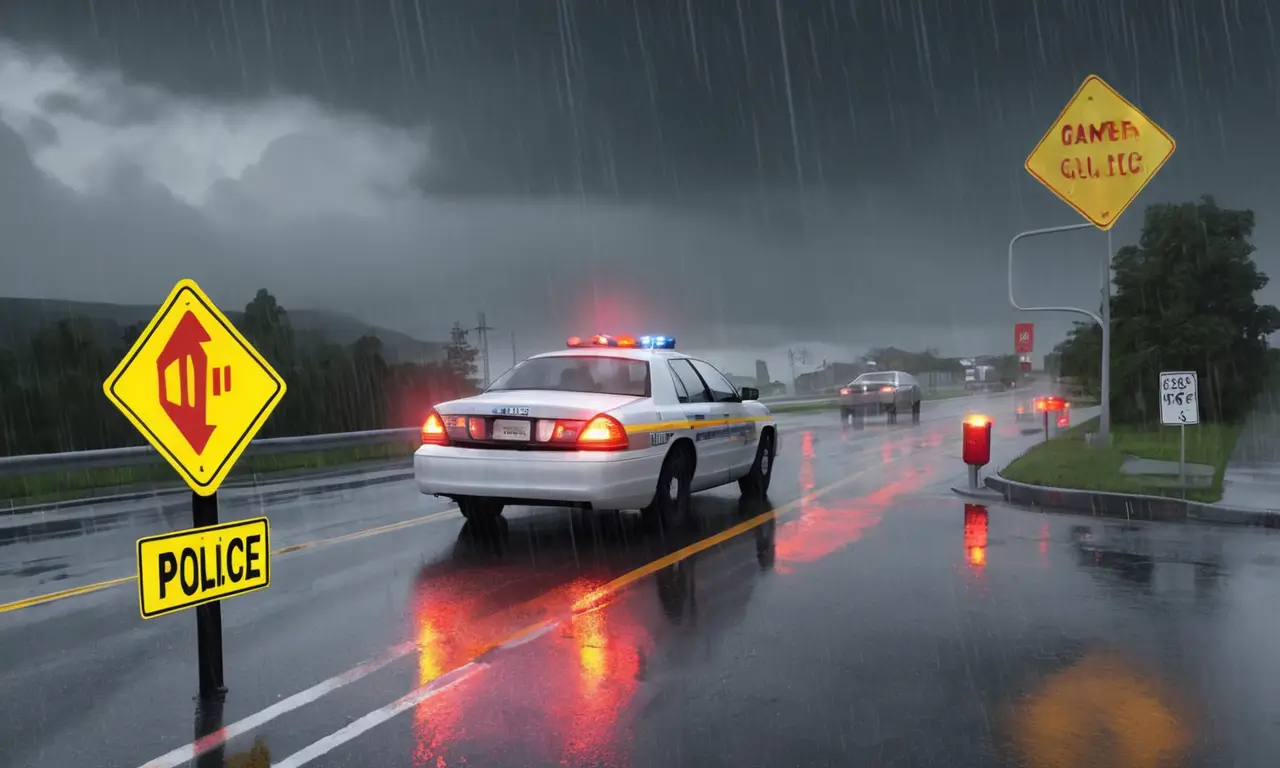
Radar speed signs are becoming increasingly common on roadways, aiming to deter speeding and improve traffic safety. These signs often display the current speed of passing vehicles, serving as a visual reminder for drivers to adhere to posted limits. But many drivers wonder: can these signs actually issue tickets? The answer is yes, under certain circumstances. This article will delve into the workings of radar speed signs, their capabilities, and how drivers can avoid receiving citations from them.
This comprehensive guide will explore the technology behind radar speed signs, explain how they function to detect speeding vehicles, and clarify whether or not radar speed signs give tickets. We’ll also discuss the evidence captured by these signs and provide practical tips on how to avoid receiving a ticket from a radar speed sign.
Radar Speed Signs Explained
Radar speed signs are electronic devices designed to measure the speed of approaching vehicles. They typically consist of a display screen that shows the speed of passing cars, along with warning lights or messages indicating if a vehicle is exceeding the speed limit. These signs are often placed in areas with high traffic volume or known speeding problems.
The primary purpose of radar speed signs is to inform drivers of their speed and encourage them to comply with posted limits. By providing real-time feedback, these signs aim to create a sense of accountability and deter reckless driving. However, some radar speed signs are equipped with additional features that allow them to issue citations for speeding violations.
How Radar Speed Signs Work

Radar speed signs utilize radio waves to measure the speed of vehicles. They emit a pulse of radio waves towards approaching cars, and when these waves bounce back from the vehicle, the sign analyzes the time it takes for the signal to return. By calculating the difference in time between the emitted and reflected waves, the sign can determine the speed of the vehicle.
The radar technology used in these signs is similar to that employed by police radar guns. However, radar speed signs typically have a wider detection range and can monitor traffic flow more efficiently. Some advanced models may even be able to identify individual vehicles and record their speeds over time.
Types of Radar Speed Signs
There are two main types of radar speed signs: passive and active. Passive signs simply display the speed of passing vehicles but do not issue tickets. Active signs, on the other hand, have the capability to capture images or video footage of speeding vehicles and generate citations.
Can Radar Speed Signs Give Tickets?
Yes, radar speed signs can give tickets. Active radar speed signs are equipped with cameras that capture images of vehicles exceeding the speed limit. These images serve as evidence for issuing citations. When a vehicle is detected speeding, the sign may flash warning lights, display an alert message, and automatically record the violation.
The specific process for issuing tickets from radar speed signs varies depending on local regulations and the technology used by the sign. In some cases, drivers may receive a citation in the mail after their violation has been recorded. Other systems may involve automated enforcement where fines are automatically deducted from driver’s accounts or payment is required online.
Evidence Captured by Radar Speed Signs

Radar speed signs typically capture two types of evidence:
- Speed Data: The sign records the exact speed of each vehicle that passes, along with the time and date of the measurement. This data can be used to verify the accuracy of the speed detection and establish a timeline for the violation.
- Images or Video Footage: Active radar speed signs are equipped with cameras that capture images or video footage of speeding vehicles. These visual records provide clear evidence of the violation and can help identify the driver responsible.
The captured evidence is stored securely by the system and can be used to support citations issued for speeding violations.
Avoiding Tickets from Radar Speed Signs
While radar speed signs are designed to deter speeding, there are steps drivers can take to avoid receiving tickets:
- Obey Posted Speed Limits: The most effective way to avoid a ticket is to simply drive within the posted speed limits. Pay attention to signage and adjust your speed accordingly.
- Be Aware of Radar Speed Signs: Look out for radar speed signs, especially in areas known for speeding enforcement. These signs often have distinctive markings or flashing lights that alert drivers to their presence.
- Maintain a Safe Following Distance: Keeping a safe distance from the vehicle ahead can help you react more quickly to changes in traffic flow and avoid speeding unintentionally.
- Avoid Distractions: Focus on driving and avoid distractions such as cell phones, texting, or adjusting the radio while behind the wheel.
Conclusion
Radar speed signs are an increasingly common tool for monitoring traffic speeds and promoting road safety. While they primarily serve as a visual reminder to drivers, some active radar speed signs have the capability to issue tickets for speeding violations. Understanding how these signs work, the evidence they capture, and the steps drivers can take to avoid tickets is essential for navigating modern roadways safely and responsibly. By adhering to posted speed limits, being aware of radar speed signs, and practicing safe driving habits, drivers can minimize their risk of receiving a citation and contribute to a safer driving environment for everyone.
